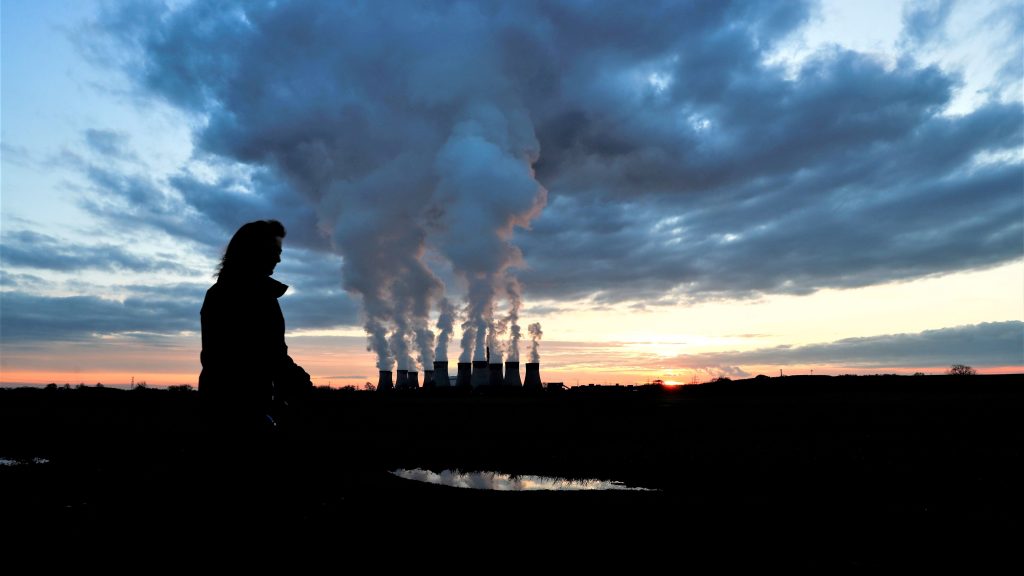The government has announced a commitment of almost £22bn to support projects aimed at capturing greenhouse gases from polluting industries and storing them underground, as part of its push to meet ambitious climate targets.
The initiative is expected to drive private investment and create jobs in Merseyside and Teesside, two major industrial regions that will host new “carbon capture clusters.”
Prime Minister Sir Keir Starmer described the move as “revitalising our industrial heartlands by investing in future industries.” However, there remains debate about the cost-effectiveness and long-term viability of this technology.
Carbon capture, utilisation, and storage (CCUS) technology has been developed to combat climate change by capturing carbon dioxide—one of the key drivers of global warming—emitted from the burning of fossil fuels or from heavy industry.
The captured carbon is either repurposed or stored underground, but the process is both costly and technically challenging. Despite this, experts from the UK’s Climate Change Committee (CCC) and the United Nations argue that CCUS is essential to achieving net-zero emissions, a goal the UK is aiming to reach by 2050.
Net zero refers to reducing emissions as much as possible and then offsetting or capturing any residual emissions that remain.
The government’s pledge amounts to up to £21.7bn over 25 years, to be distributed as subsidies to carbon capture projects in the Teesside and Merseyside clusters, starting from 2028.
The funding will be spread across three key projects designed to capture carbon emissions generated from hydrogen production, gas power generation, and waste-to-energy facilities. These projects aim to capture up to 8.5 million tonnes of carbon emissions annually, which will be stored in depleted gas fields located beneath Liverpool Bay and the North Sea.
The government anticipates the initiative will attract an additional £8bn in private investment, create 4,000 direct jobs, and support up to 50,000 more in related sectors.
Although the amount pledged is slightly less than previous government proposals—which suggested a £20bn fund for similar projects—the current administration argues that those earlier plans were not properly costed, and the funding had not been secured.
The financial backing for the projects will come from a combination of Treasury funds and contributions from energy bills, although the government has so far been vague about the exact division between these sources.
This funding strategy could pose challenges for Labour, which has criticised the government over an inherited budget shortfall of £22bn. Nevertheless, Sir Keir Starmer emphasised that the announcement would provide much-needed certainty for industry, support job creation, stimulate growth, and help “repair this country once and for all.”
Other government-backed green project include:







